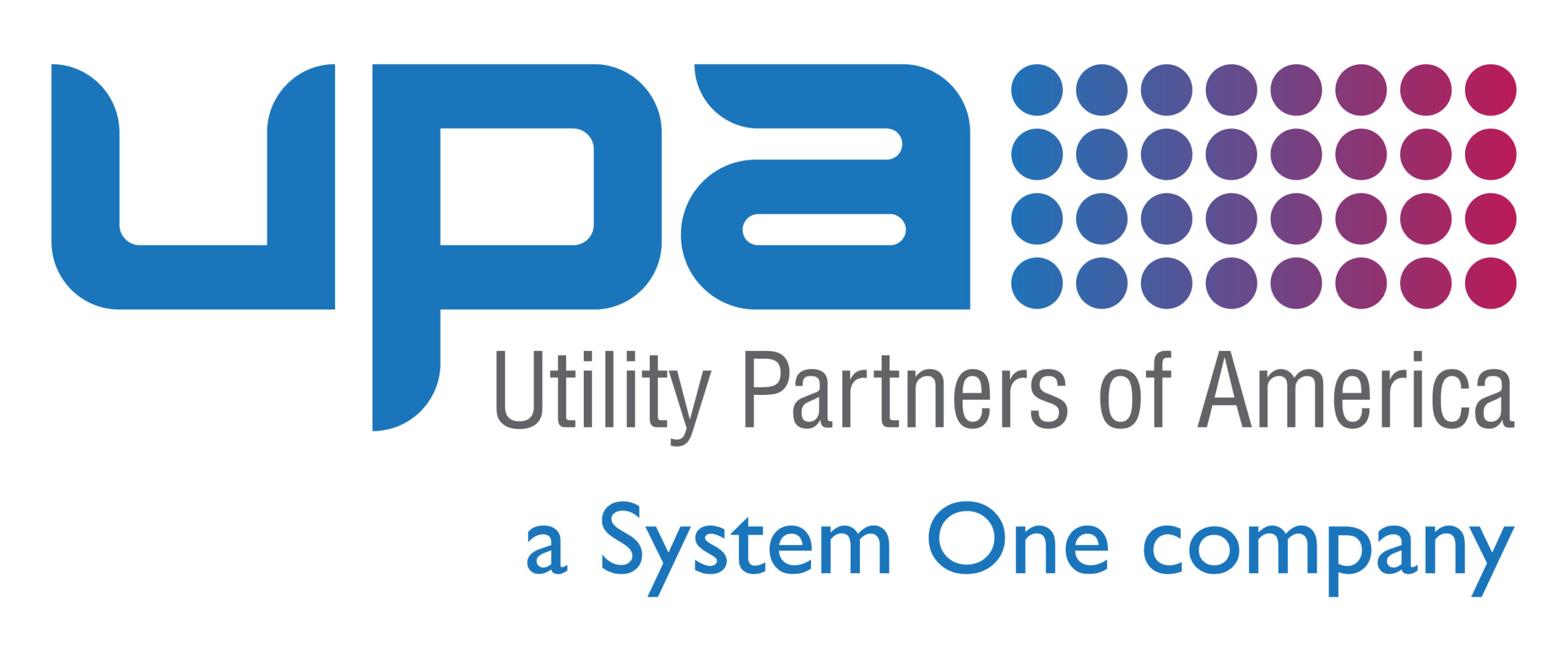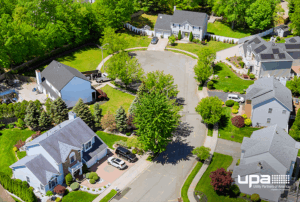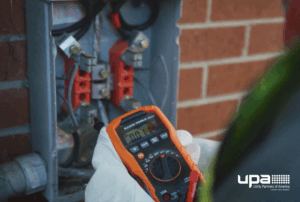Imagine you’re dozing off on your couch on a lazy Sunday afternoon when the doorbell rings. You let out a frustrated sigh before slinking off the sofa and shuffling to the door. Hopeful that what’s on the other side was worth getting up for. As it turns out, it wasn’t. It’s someone selling something, and you’re not interested. You grumble and yawn before retreating back to the living room.
Today, because of a revolution called the Internet of Things, or IoT, that scenario is entirely avoidable. Video doorbells have become a trendy and valuable home improvement addition. Enabling couch-bound residents to not only see who’s at the door but to have two-way conversations. These doorbells connect to the internet and synch with smartphone apps, for quick access anywhere. The technology that supports IoT can power much more than just video doorbells. In fact, it’s the foundation of what’s known as smart city design planning.
What does it mean to be a smart city?
The goal behind any smart city is to improve processes in a way that makes them better.
A “smart city” is an urban area or municipality that uses IoT sensors to collect data. Analyzing the findings and then use that data to inform decisions around resources and services. The goal behind any smart city is to improve processes in a way that makes them better. More efficient, more cost-effective and better for the environment. In most cases, the residents of the municipality aren’t even aware of the sensors used for measurement. Not only can they benefit from their use, but they encounter little to no inconveniences as a result.
What are some examples of smart city projects?
When it comes to projects that help propel smart cities forward, the level of innovation deployed is truly inspiring. Here are some real-life examples of smart city projects. These projects can make life easier for residents and the workers of utility companies.
Smart waste and recycling systems
Modernizing waste management is one of the most impactful smart city projects. It’s both good for sustainability and improves the appearance of the places we call home. Municipalities in countries around the world have installed sensors on waste and recycling stations. They communicate in real-time when the bins are ready for emptying. Not only does this keep the area around the bins neat and tidy by avoiding overflow, but it saves time for the crews responsible for picking up trash. Now, instead of doing a daily or weekly sweep of the cans, utilities can dispatch workers as needed.
-
Smart streetlight
There’s a tremendous return on investment for municipalities that install smart streetlights. The lights utilize sensors that detect when there are more people near them, automatically brightening to accommodate the crowds and dimming when no one is there. As of 2016, the city of Los Angeles was saving some $9 million annually in energy costs due to the installation of smart LED bulbs. It’s also thought that smart streetlights could reduce crime. As motion triggers the lights to intensify in brightness.
-
Smart parking garages
Anyone who has ever used a parking garage, especially residents of major metropolitan cities, understands the frustration of circling for a spot and coming up empty. Smart-enabled garages are making the public-parking experience considerably easier for commuters. Because they are enabled with sensors, smart parking garages give drivers a glimpse of the availability before they even enter. While some garages have posted displays that indicate how many spots are available on each level, others feed that data directly to a driver-facing smartphone app.
-
Smart traffic patterns
Europe has been notably advanced with its implementation of smart city projects and this can be seen in the smart traffic pattern projects around Barcelona. The city’s bus network is based on the most common traffic flows, while integrated stop light signals aim to improve the efficiency of each route. In addition, in times of an emergency, traffic lights on the path of an ambulance change to green automatically to expedite its arrival on the scene.
-
Smart meters
Perhaps the most beneficial smart city project that spans the utilities’ universe is the adoption of smart meters. These electronic devices record consumption and report back to the utility companies at regular intervals, usually on an hourly basis. In the old days, the collection of meter data occurred manually by human employees who would walk or drive from house to house. This approach occasionally resulted in unfortunate errors that lead to inaccurate billing practices. This caused contention between the utilities and customers. Smart meters are also valuable because they alert the utilities when a problem arises, reducing time to restore an outage.
Those are just a select few examples of smart city projects transforming our communities, daily habits and the way utilities operate. Utility Partners of America has been partnering with utilities and energy co-ops for more than 20 years to focus on the improvement of core offerings. If you’re interested in learning more about smart city design or how we might be able to help your company, contact us today.




